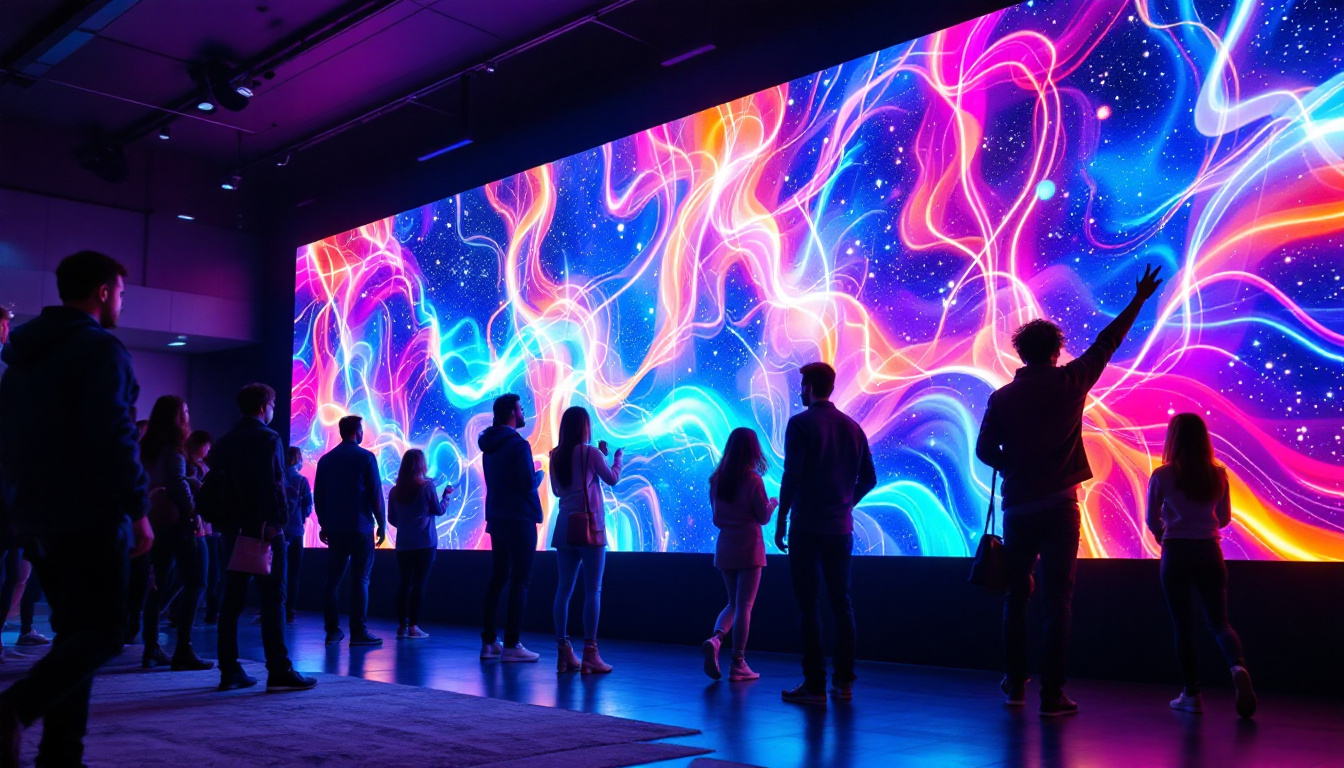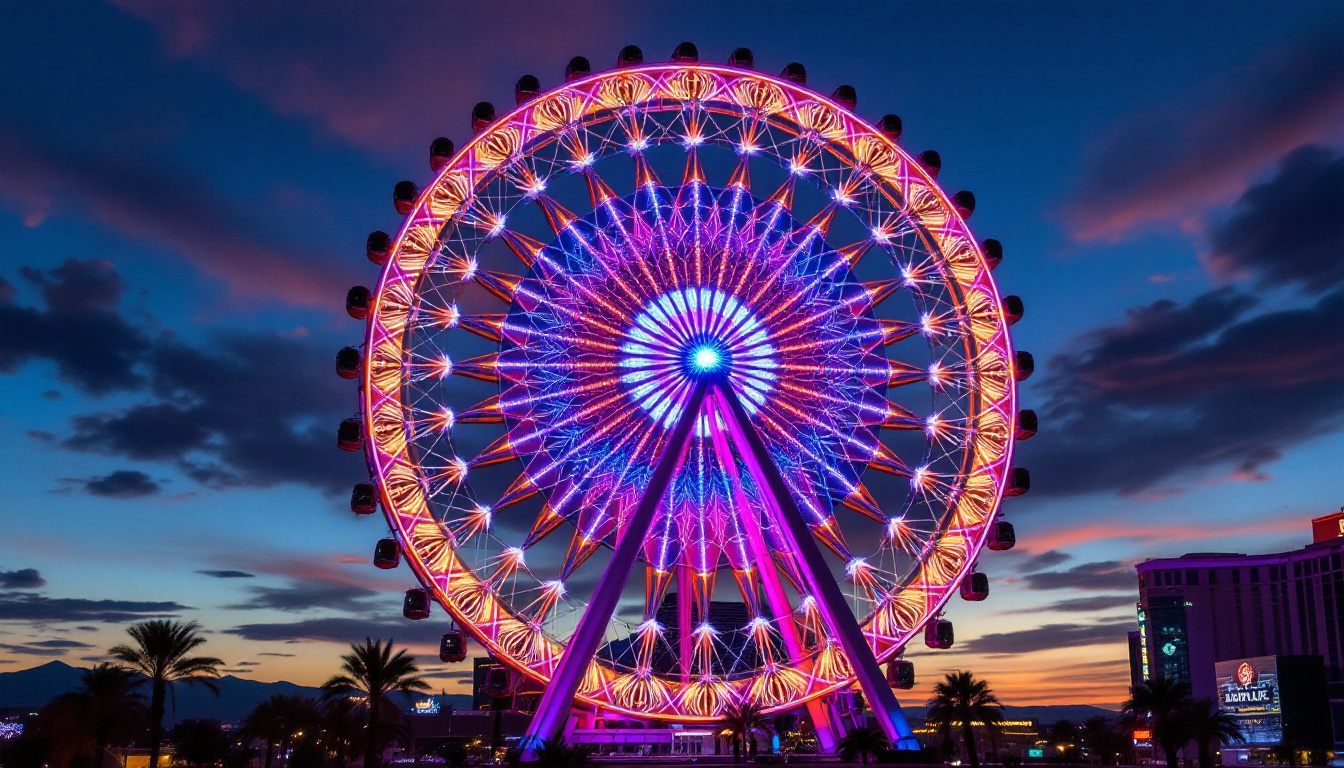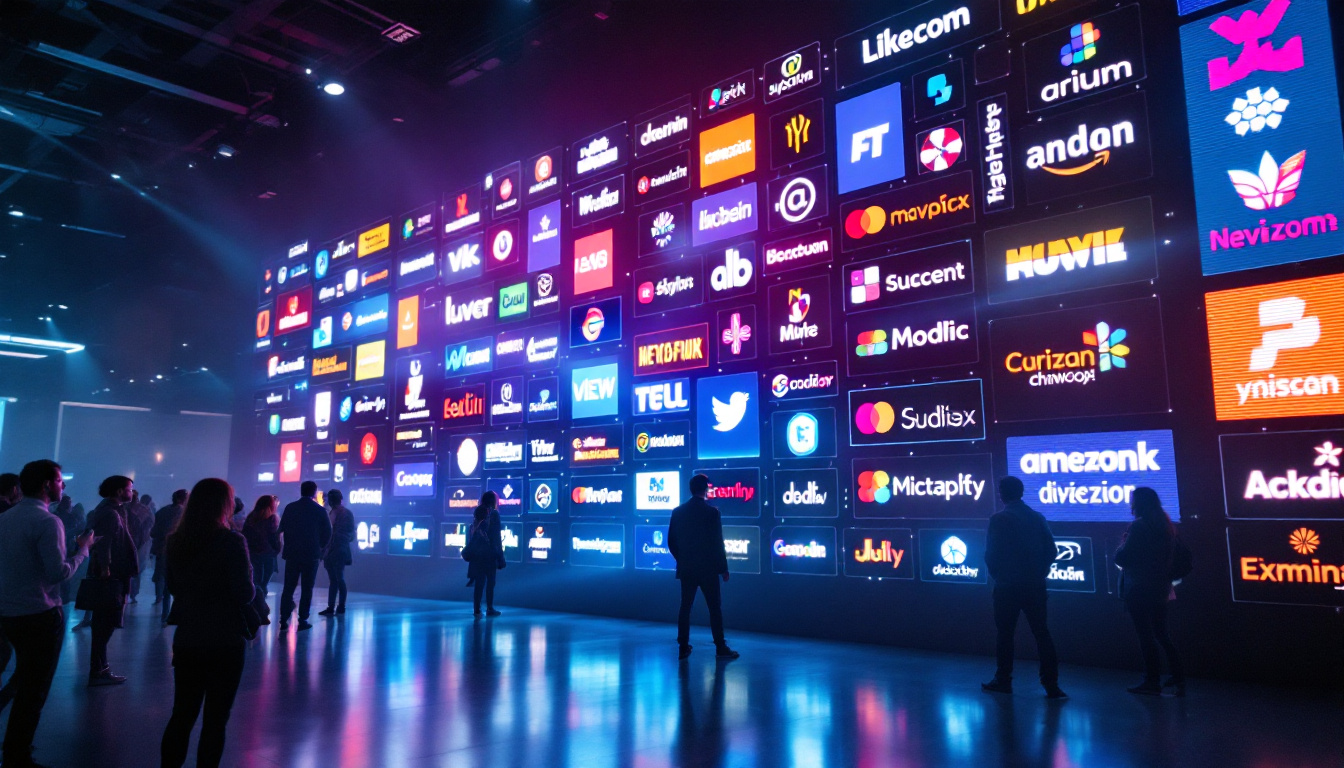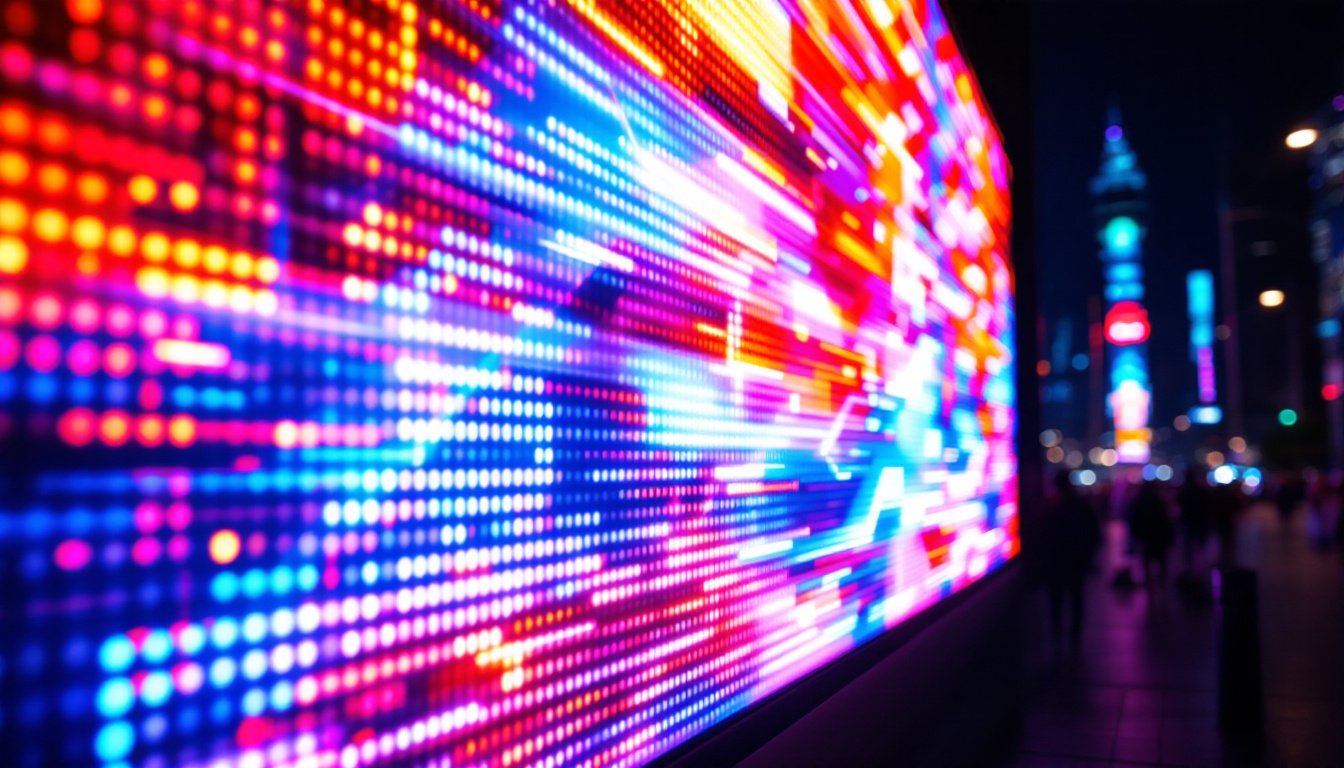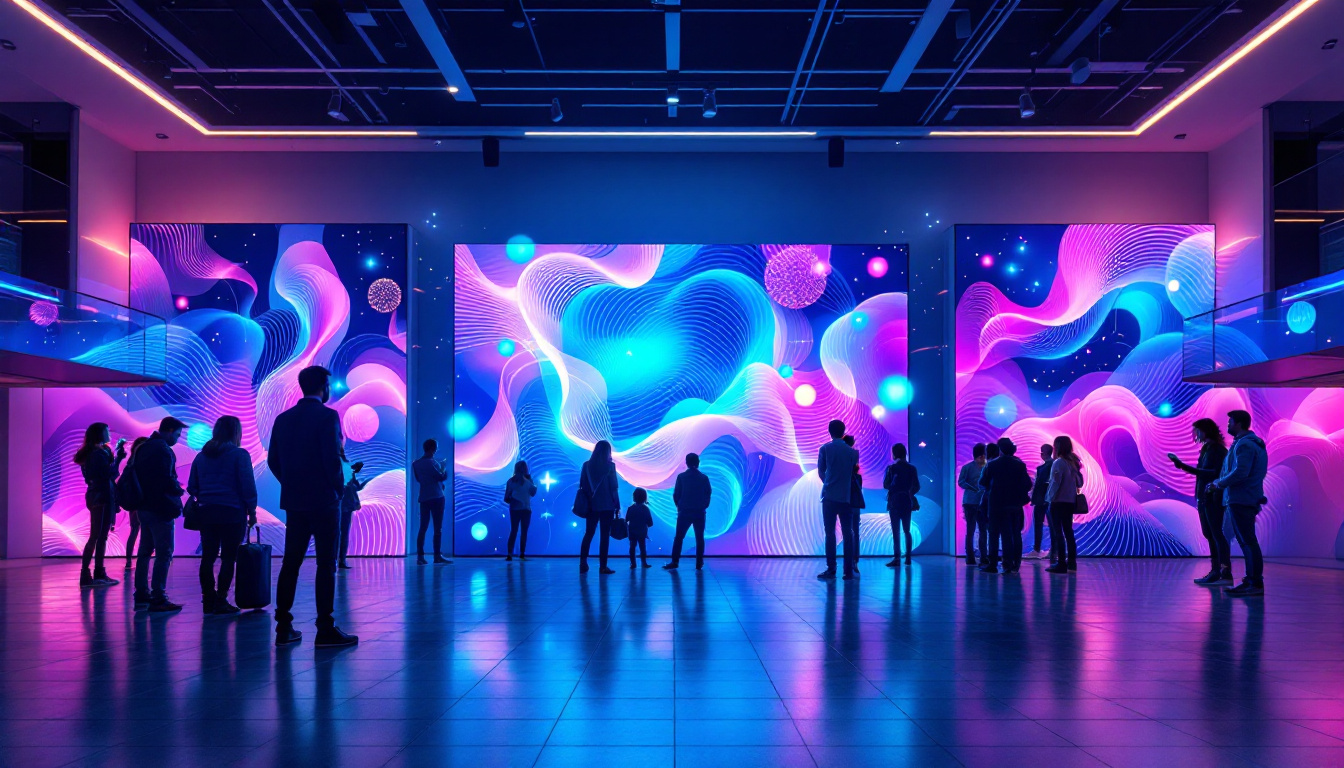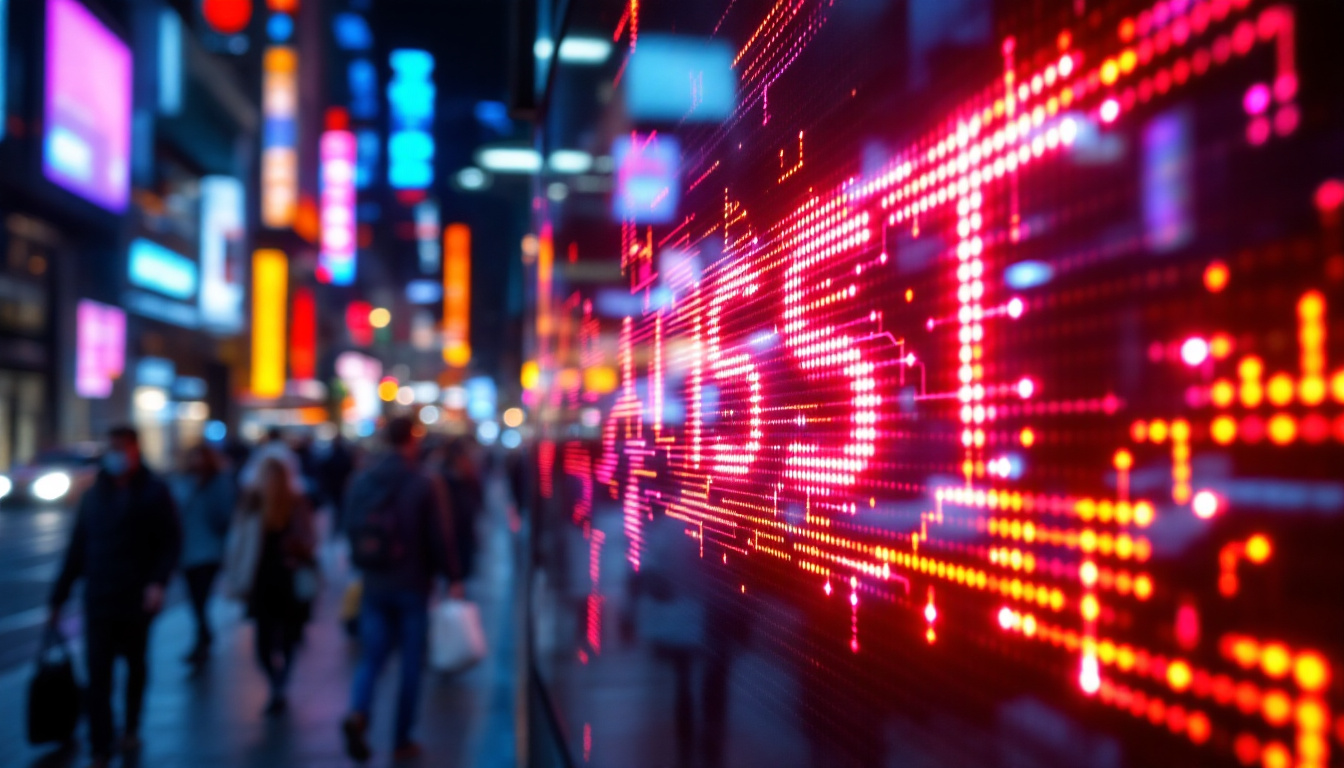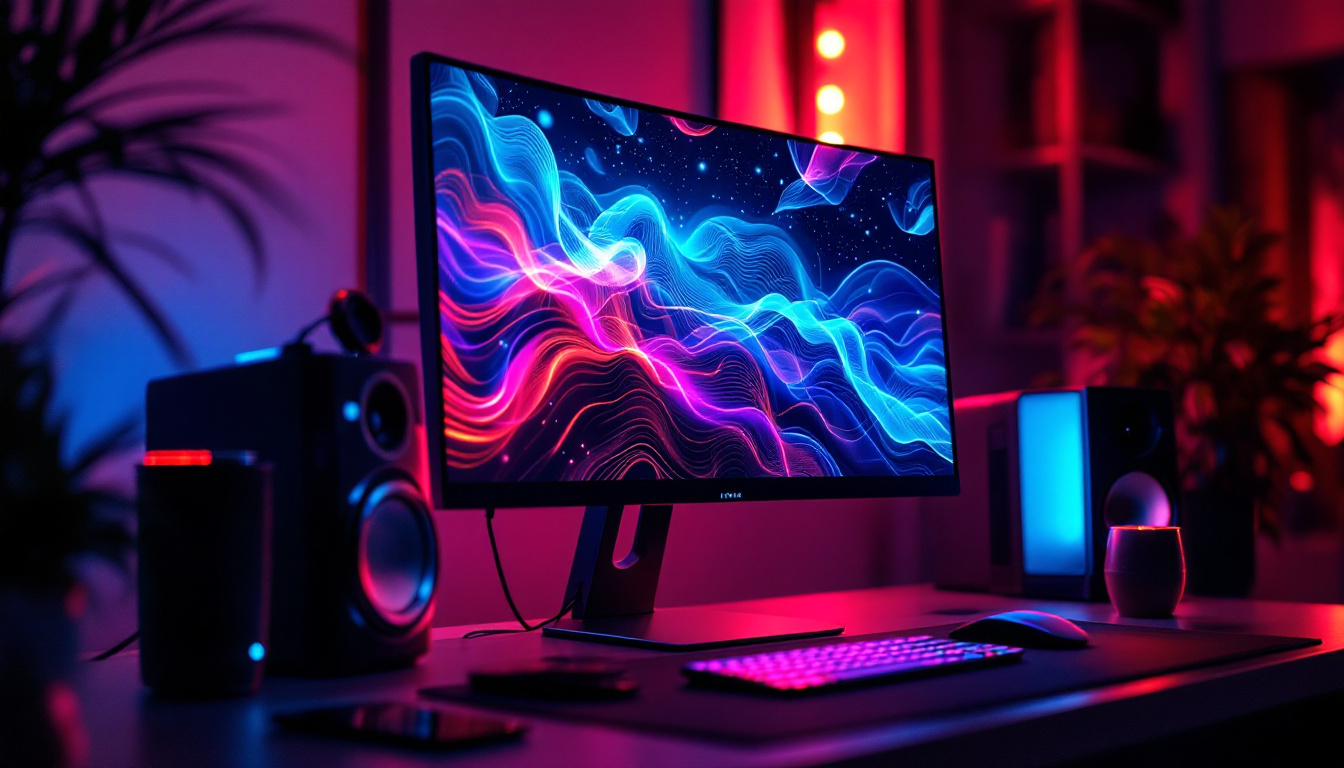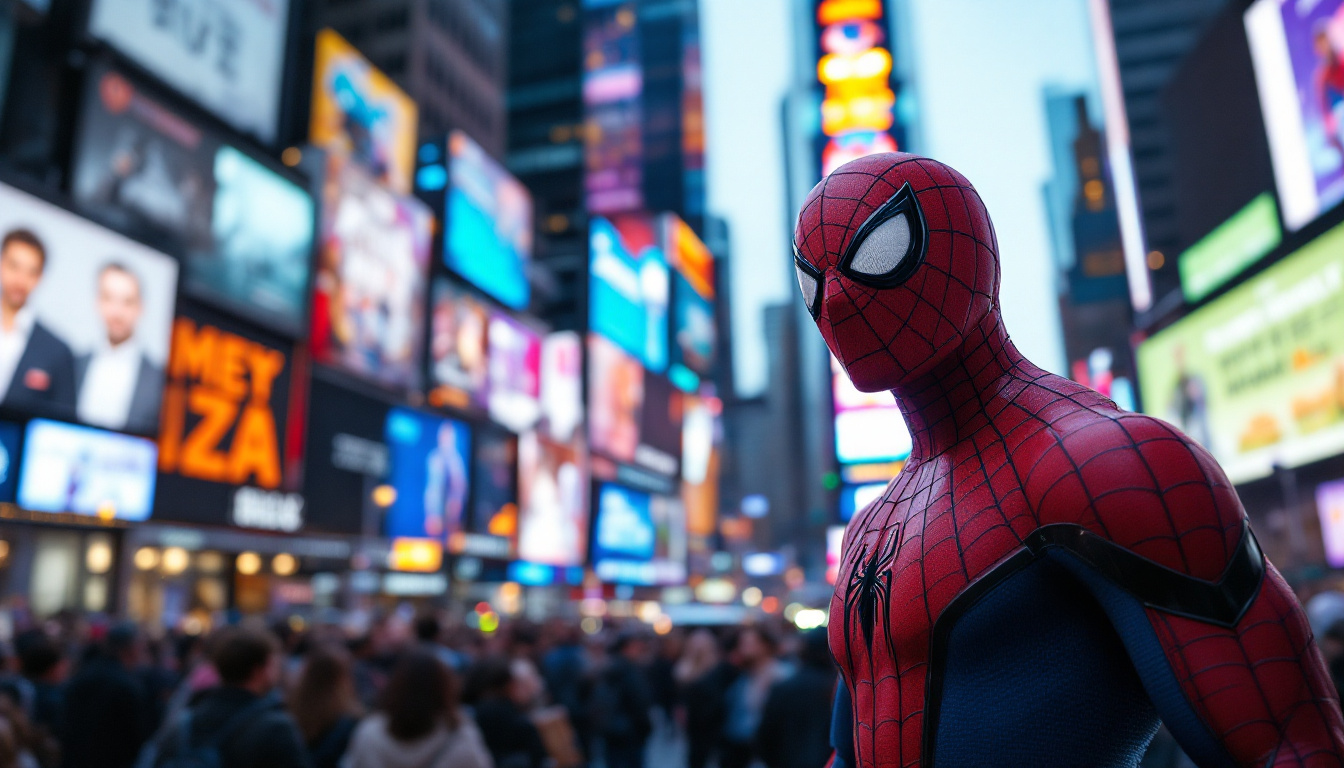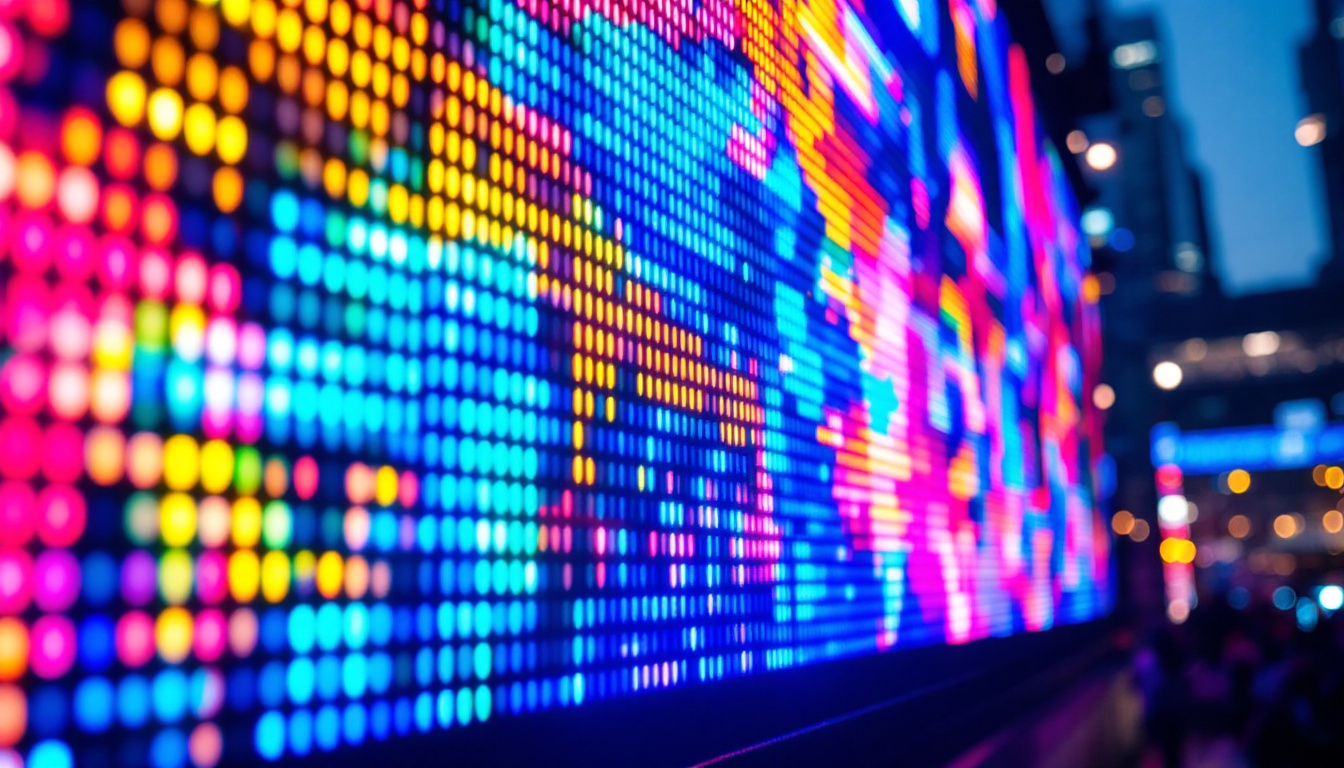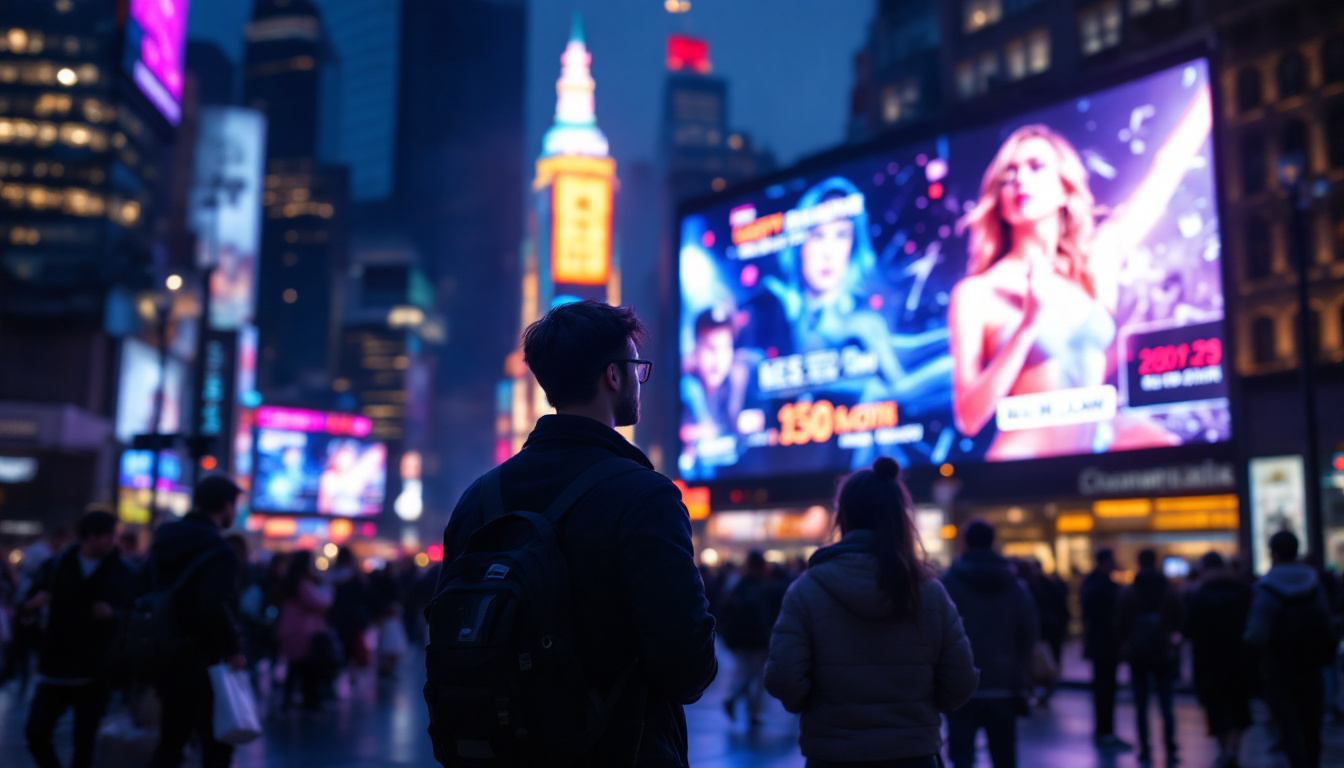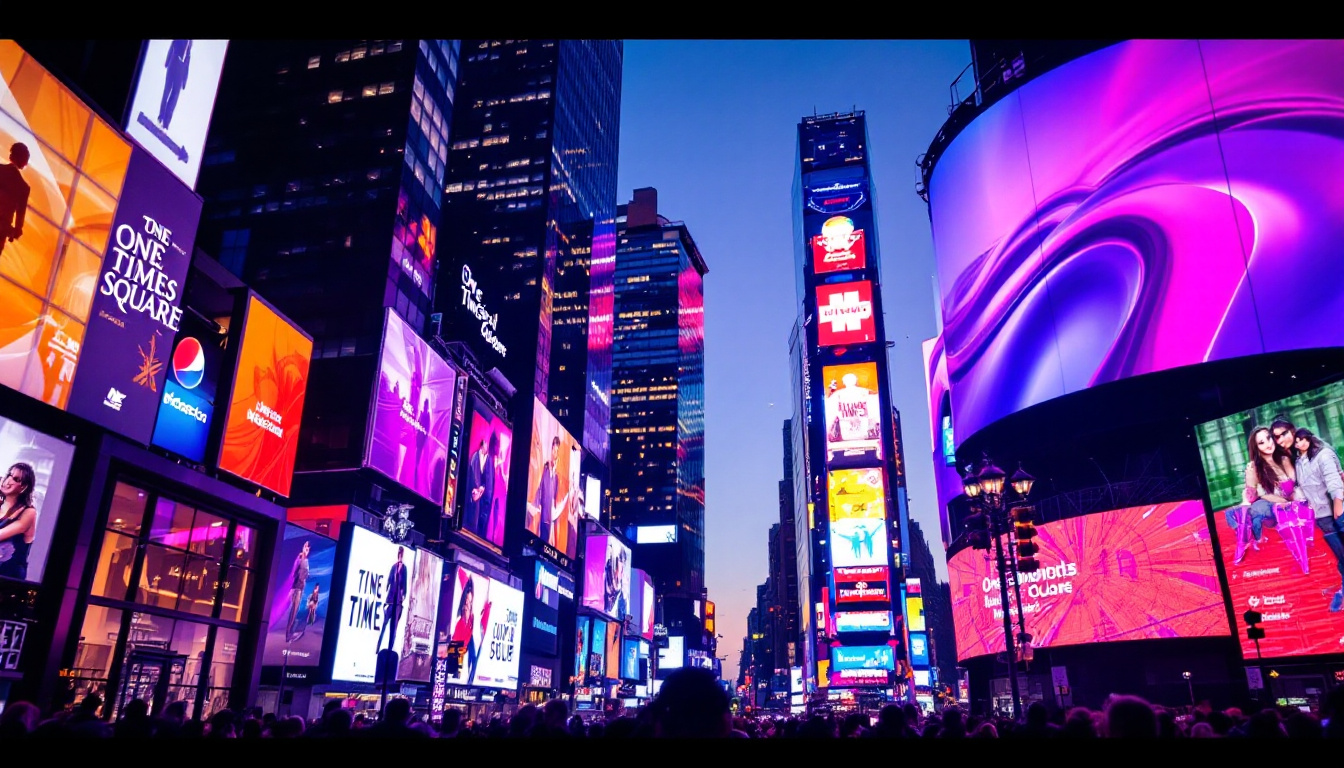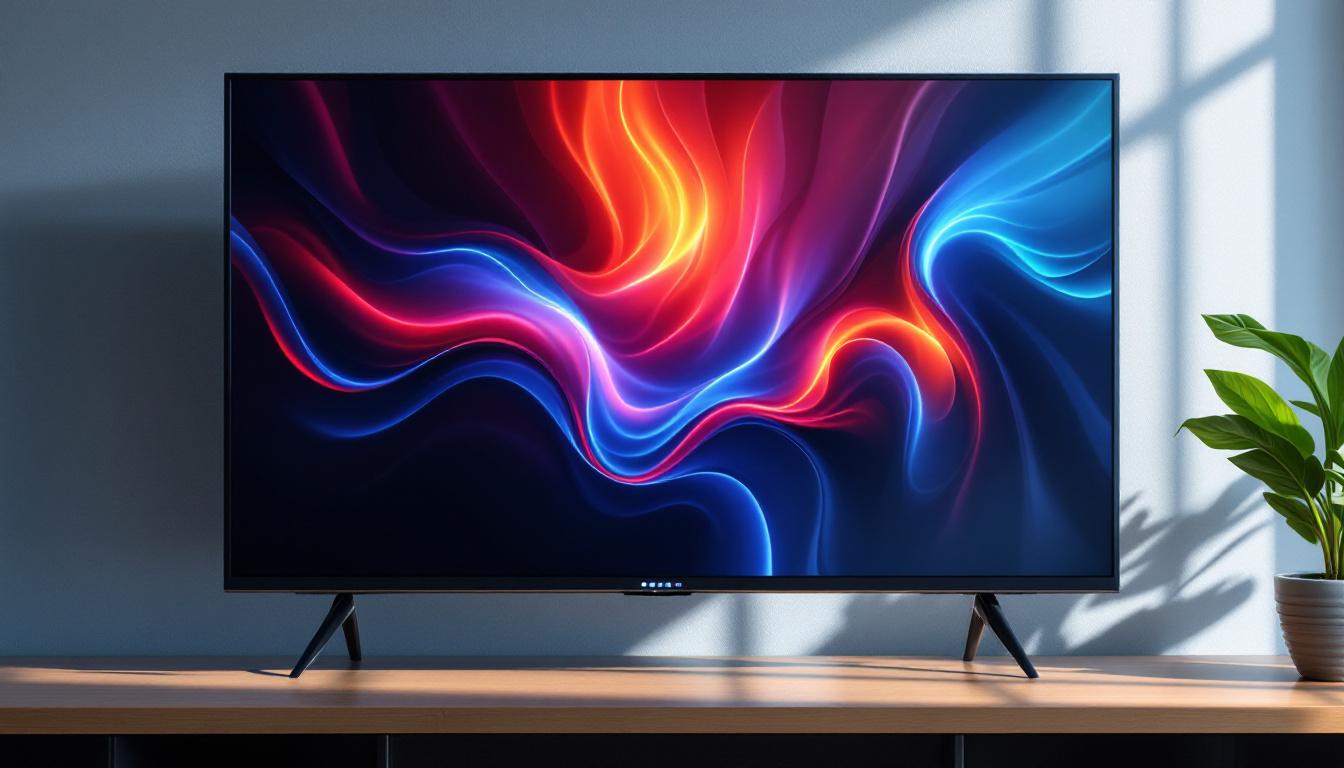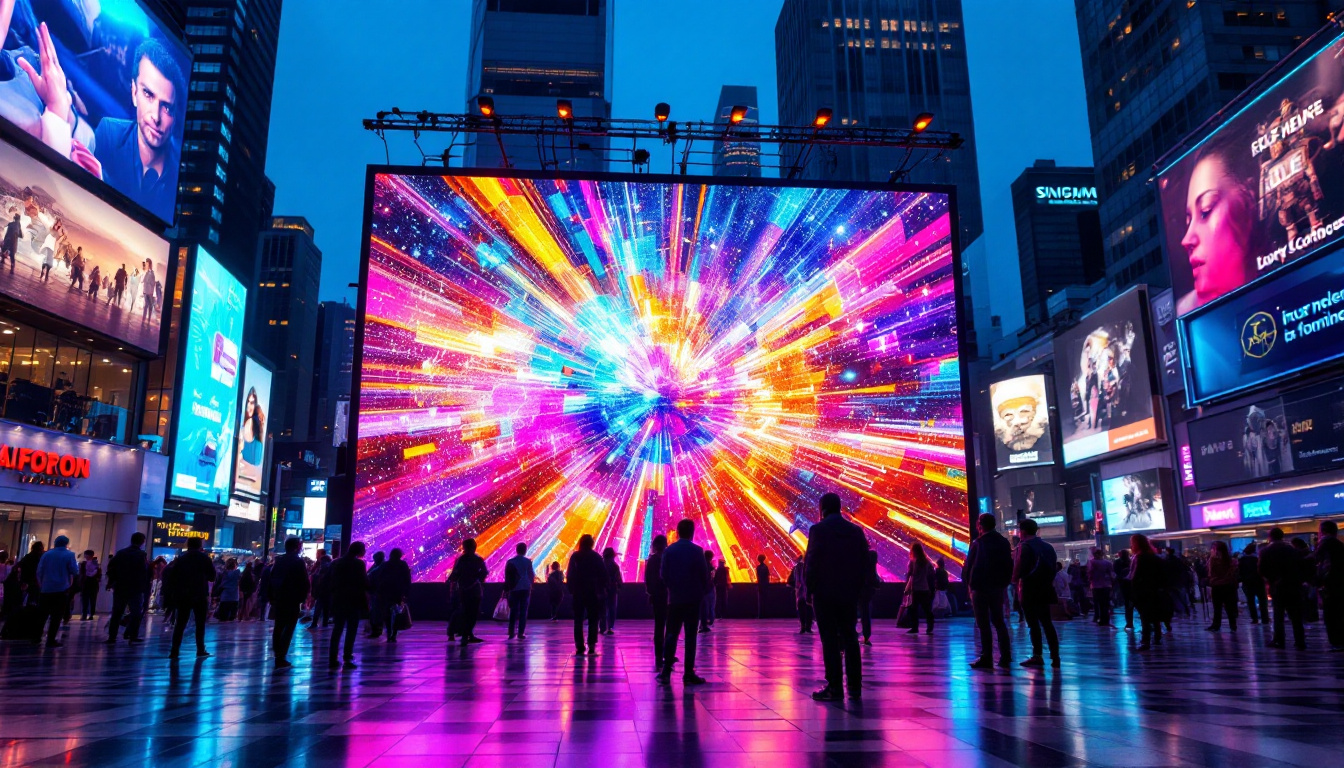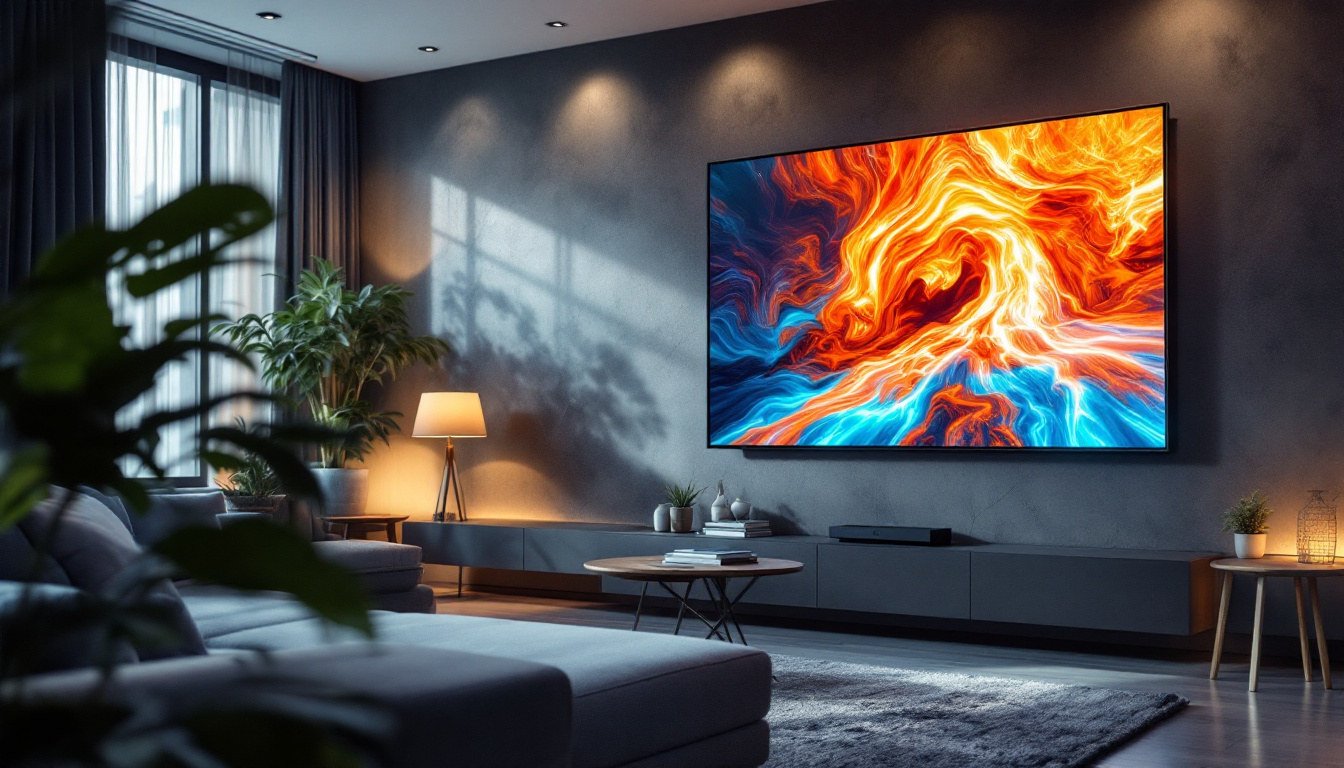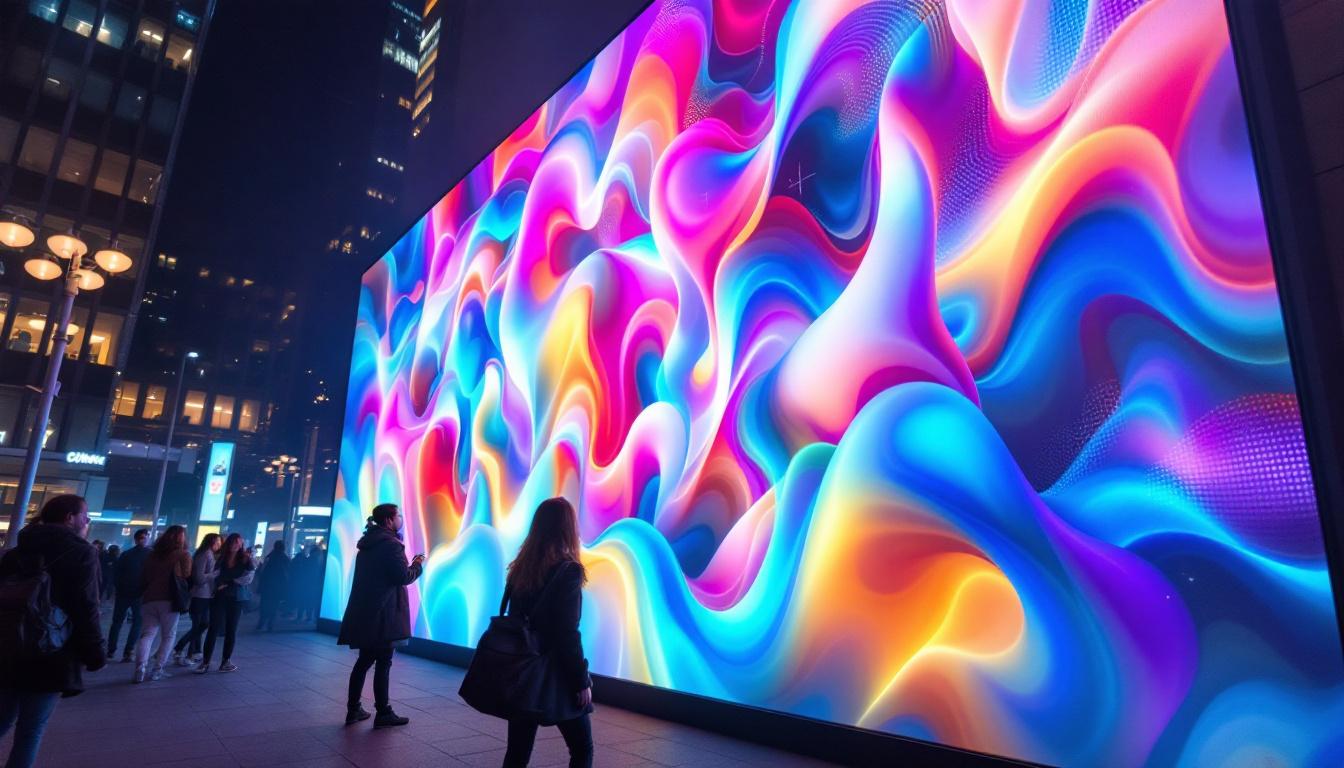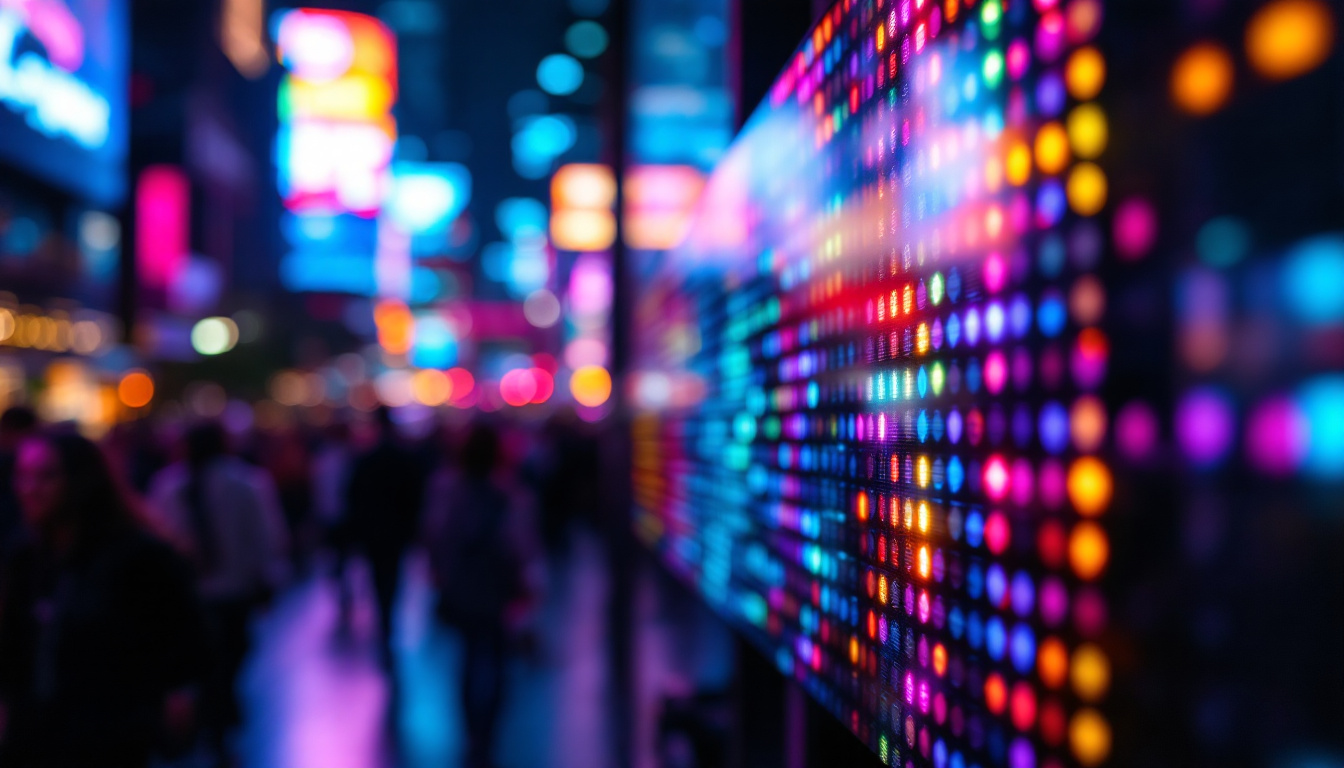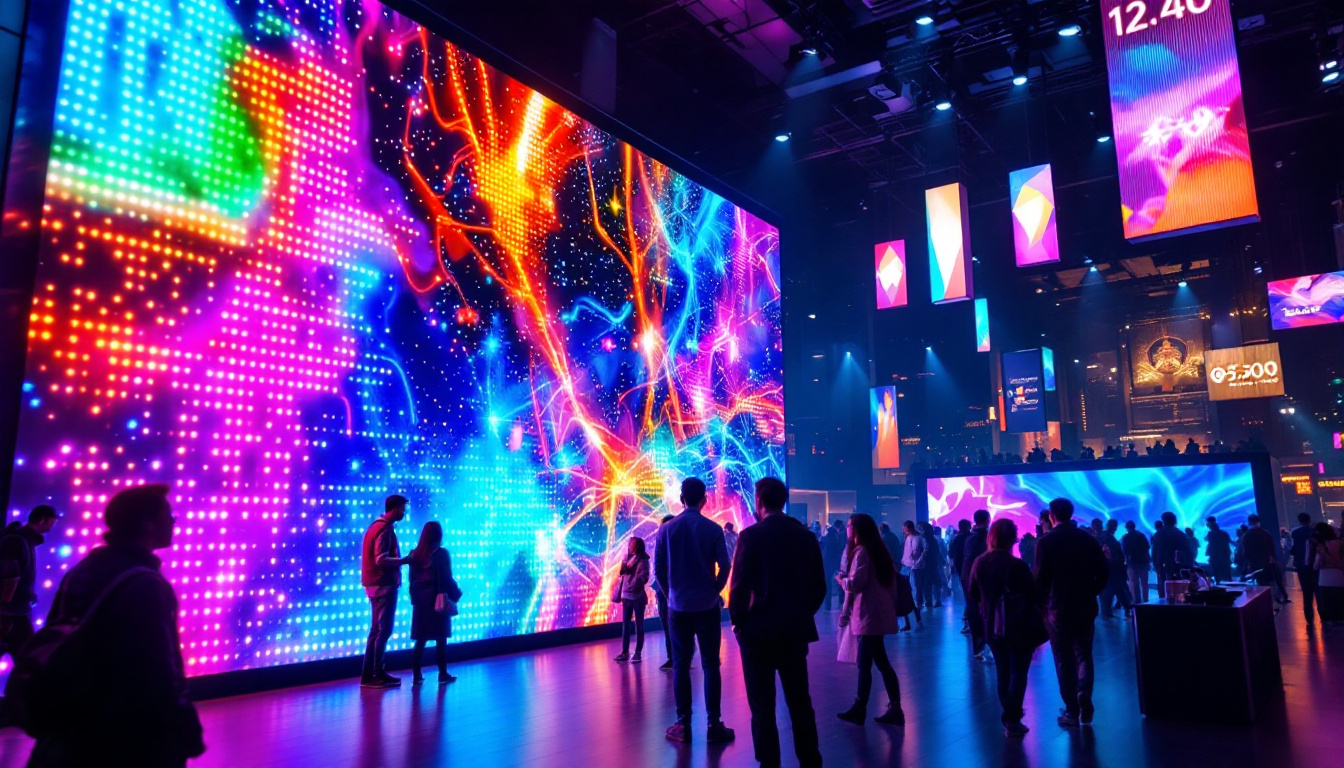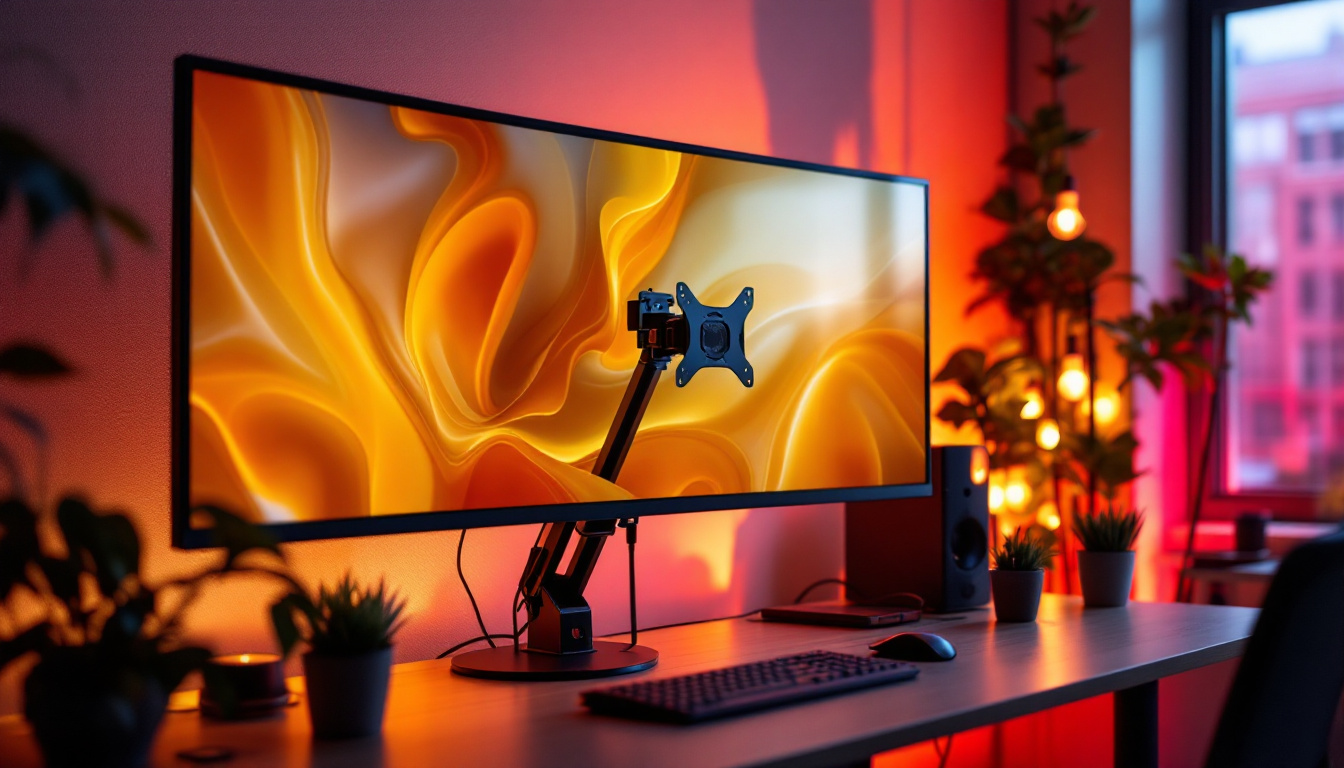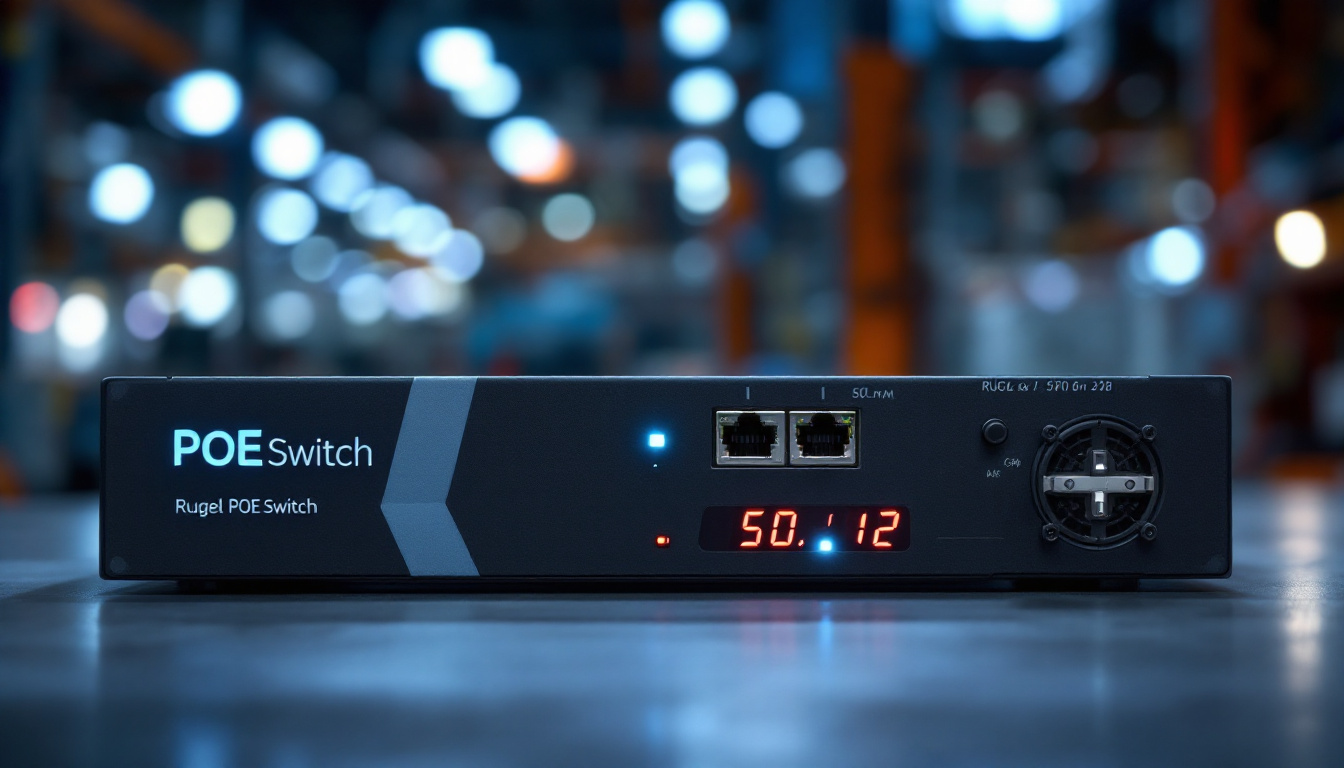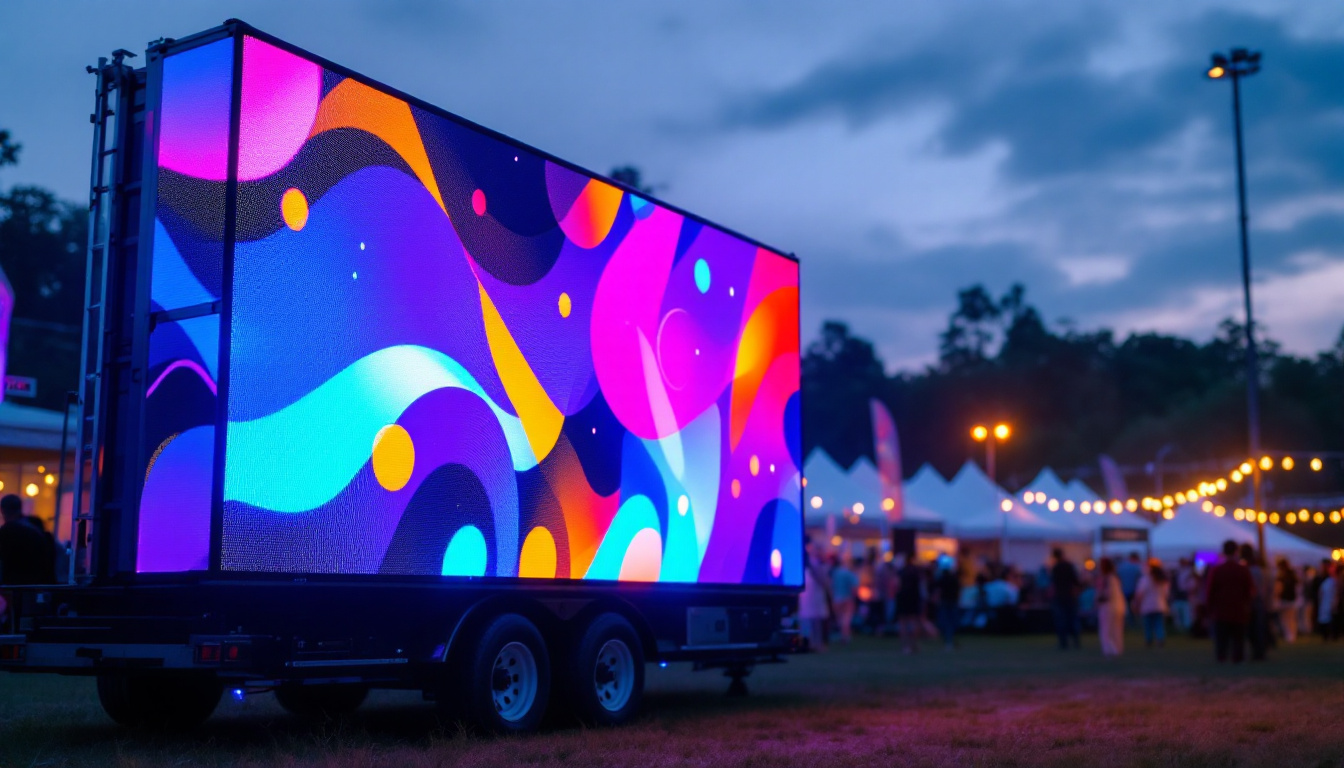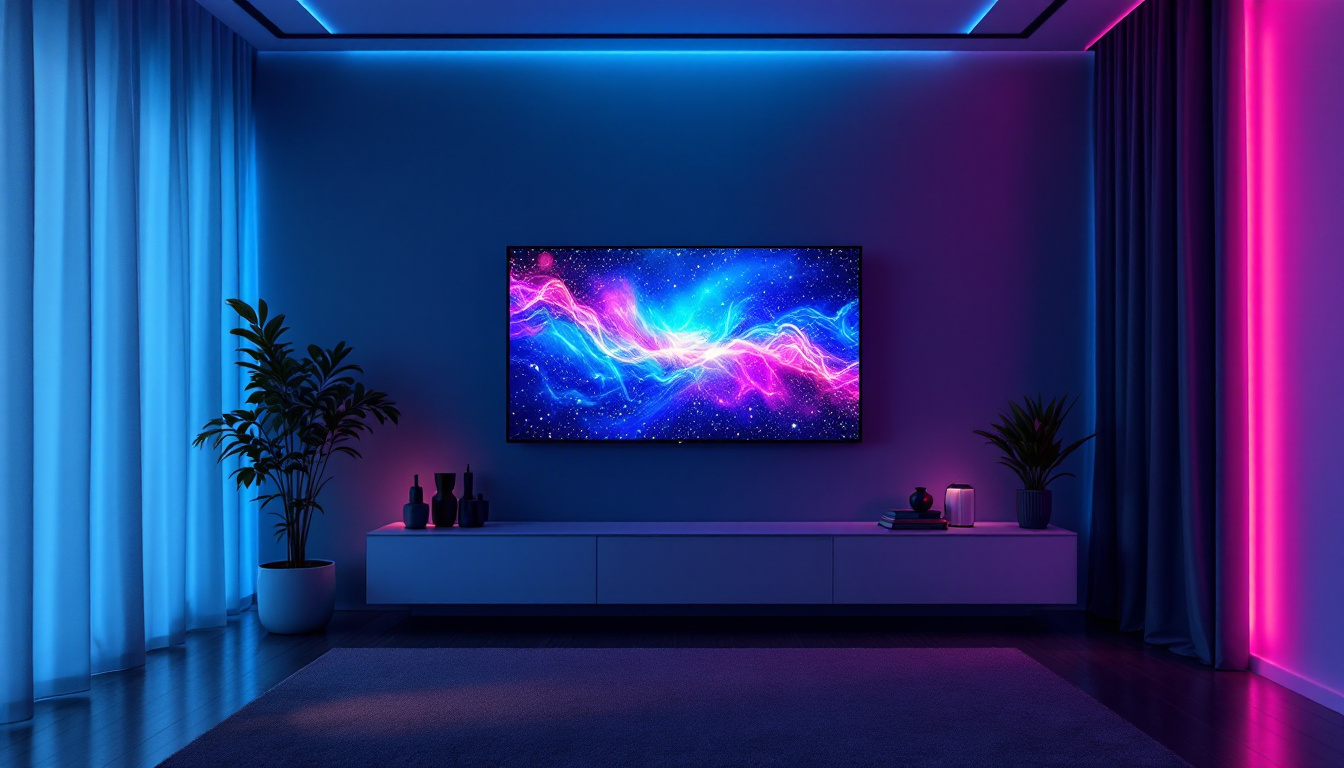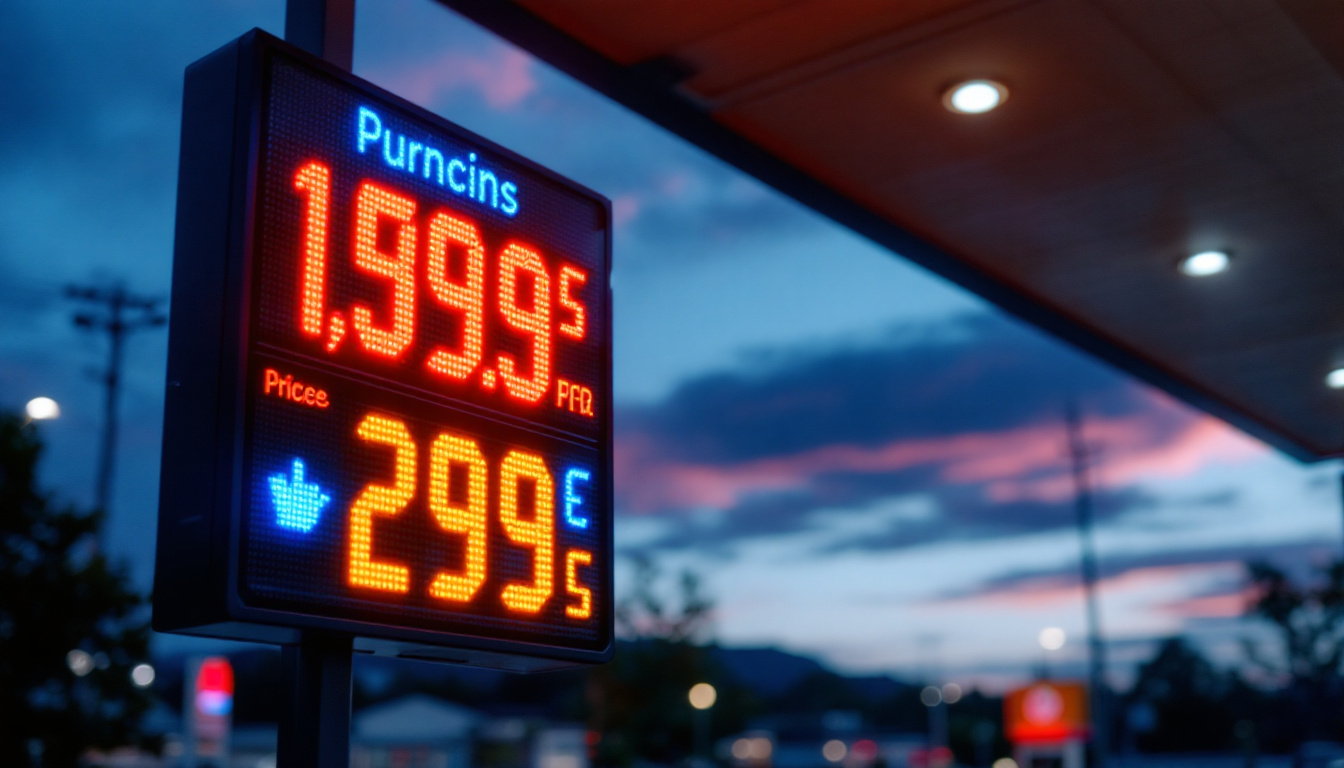In an era where visual communication is paramount, large video walls have emerged as a powerful tool for businesses, events, and public spaces. These impressive displays, often composed of multiple LED panels, offer vibrant visuals and unparalleled flexibility. This article delves into the intricacies of LED video walls, exploring their technology, applications, and advantages.
Understanding LED Technology
LED, or Light Emitting Diode, technology has revolutionized the way images and videos are displayed. Unlike traditional displays, which rely on backlighting, LED panels emit light directly, resulting in brighter and more energy-efficient screens. This innovation has not only enhanced the viewing experience but has also led to significant advancements in various industries, including entertainment, advertising, and even healthcare.
How LED Displays Work
At the core of LED displays are tiny diodes that produce light when an electric current passes through them. These diodes are arranged in a grid, forming pixels that combine to create images. The more densely packed these pixels are, the higher the resolution of the display. This technology allows for stunning clarity and vivid colors, making LED displays ideal for large video walls. Furthermore, the ability to control each pixel independently enables dynamic content to be displayed, such as animations or real-time data, enhancing interactivity and engagement in various applications.
Types of LED Displays
There are two primary types of LED displays: direct view and rear-projection. Direct view LED displays are made up of individual LED modules that are placed side by side to form a large screen. Rear-projection displays, on the other hand, use projectors to display images onto a screen from behind. Each type has its advantages and is suited to different environments and applications. For instance, direct view displays are commonly used in outdoor advertising due to their high brightness and visibility in direct sunlight, while rear-projection displays are often found in conference rooms and home theaters, where space and ambient light conditions can vary significantly.
Benefits of LED Technology
LED technology offers several advantages over traditional display methods. Firstly, LED displays are energy-efficient, consuming less power while providing brighter images. Secondly, they have a longer lifespan, reducing the need for frequent replacements. Additionally, LED panels are more durable and can withstand harsh environmental conditions, making them suitable for both indoor and outdoor use. Beyond these practical benefits, LED technology also supports a wide color gamut, allowing for more accurate color reproduction. This is particularly beneficial in fields such as digital art and photography, where color fidelity is crucial. Moreover, the rapid response time of LEDs contributes to smoother motion rendering, making them ideal for fast-paced video content, such as sports broadcasts and action films.
Applications of Large Video Walls
Large video walls find applications across various sectors, from corporate settings to entertainment venues. Their versatility makes them an attractive option for displaying information, advertisements, and entertainment content.
Corporate Environments
In corporate settings, large video walls are often used for presentations, conferences, and meetings. They enable companies to display data, graphics, and videos in a way that captures attention and enhances communication. The ability to showcase multiple sources simultaneously allows for dynamic presentations that can engage audiences effectively. Moreover, these walls can be integrated with advanced software solutions that facilitate real-time data visualization, making it easier for teams to analyze trends and make informed decisions on the fly. This technology not only streamlines communication but also fosters a collaborative environment where ideas can be exchanged freely and efficiently.
Retail and Advertising
Retail environments have also embraced large video walls as a means of advertising and enhancing customer experience. These displays can showcase promotional content, product information, and even interactive elements that draw customers in. By creating an immersive shopping experience, retailers can increase foot traffic and boost sales. Additionally, the strategic placement of video walls in high-traffic areas can capture the attention of passersby, turning casual shoppers into engaged customers. Retailers can also leverage analytics to tailor content based on customer demographics and behavior, ensuring that the displayed messages resonate with their target audience. This level of personalization not only improves customer satisfaction but also drives brand loyalty.
Entertainment and Events
In the realm of entertainment, large video walls are a staple at concerts, festivals, and sporting events. They provide audiences with a clear view of performances and can be used to display live feeds, graphics, and animations. The impact of a large video wall at an event can elevate the overall experience, creating a memorable atmosphere for attendees. Beyond just visual enhancement, these video walls can also be synchronized with audio systems to create a cohesive sensory experience that captivates the audience. Furthermore, they can serve as a platform for social media integration, allowing fans to share their experiences in real-time, which can amplify the event’s reach and engagement across various platforms. This interactive element not only enhances the live experience but also extends the event’s presence beyond the physical venue, creating a lasting impression in the digital realm.
Design Considerations for Video Walls
When planning a large video wall, several design considerations need to be taken into account to ensure optimal performance and visual impact.
Size and Resolution
The size of the video wall is a crucial factor, as it should be proportional to the viewing distance. Larger displays are typically better suited for larger spaces, while smaller walls may work well in more intimate settings. Resolution is equally important; higher resolutions provide clearer images and allow for closer viewing without pixelation.
Layout and Configuration
The layout of the video wall can greatly affect its effectiveness. Configurations can vary from simple rectangular arrangements to complex shapes that fit specific architectural features. The choice of layout should align with the intended use, whether it’s for advertising, information dissemination, or entertainment.
Content Management
Effective content management is essential for maximizing the potential of a large video wall. Content should be tailored to the audience and context, ensuring that it is engaging and relevant. Utilizing content management systems can streamline the process of updating and scheduling content, allowing for real-time changes as needed.
Installation and Maintenance
Installing a large video wall requires careful planning and execution. Proper installation ensures that the display functions optimally and meets safety standards.
Installation Process
The installation process involves several steps, including site assessment, mounting, and calibration. A thorough site assessment helps determine the best location for the video wall, considering factors such as viewing angles, ambient light, and power sources. Once installed, the display must be calibrated to ensure color accuracy and uniform brightness across the entire screen.
Ongoing Maintenance
Regular maintenance is crucial for the longevity of a large video wall. This includes cleaning the panels, checking connections, and updating software. Many manufacturers offer maintenance contracts that provide ongoing support and ensure that the display remains in optimal condition.
Common Issues and Troubleshooting
Like any technology, LED video walls can experience issues. Common problems include pixel failure, color inconsistencies, and connectivity issues. Troubleshooting these problems often requires specialized knowledge, so having a trained technician on hand can be invaluable.
Cost Considerations
Investing in a large video wall can be a significant financial commitment, and understanding the cost factors involved is essential for making informed decisions.
Initial Investment
The initial cost of a large video wall includes the price of the LED panels, mounting hardware, and installation services. Prices can vary widely based on the quality of the components and the complexity of the installation. High-resolution displays and advanced features, such as interactive capabilities, can also increase costs.
Operational Costs
Beyond the initial investment, operational costs must be considered. These include electricity consumption, maintenance, and potential software licensing fees. LED displays are generally more energy-efficient than traditional displays, but it’s still important to factor in these ongoing costs when budgeting.
Return on Investment
While the initial costs may seem daunting, the potential return on investment can be substantial. For businesses, a large video wall can drive sales, enhance brand visibility, and improve customer engagement. In corporate settings, improved communication and presentation capabilities can lead to better decision-making and increased productivity.
Future Trends in Video Wall Technology
The landscape of video wall technology is continually evolving, with new advancements and trends shaping the future of displays.
Enhanced Resolution and Clarity
As technology advances, the demand for higher resolution displays continues to grow. Innovations such as microLED technology promise even greater clarity and color accuracy, allowing for more immersive viewing experiences. These developments are particularly exciting for applications in virtual reality and augmented reality environments.
Interactivity and User Engagement
Interactivity is becoming a key feature of modern video walls. Touch-sensitive screens and gesture recognition technology allow users to engage with content in dynamic ways. This trend is particularly relevant in retail and event settings, where engaging customers can lead to increased interaction and sales.
Integration with IoT and AI
The integration of Internet of Things (IoT) technology and artificial intelligence (AI) into video wall systems is also on the rise. These technologies enable smarter content management and real-time data integration, allowing for more personalized and contextually relevant experiences for viewers.
Conclusion
Large video walls represent a significant advancement in visual communication, offering unparalleled opportunities for engagement and interaction. As technology continues to evolve, the capabilities of LED displays will only expand, making them an essential tool for businesses, events, and public spaces. Understanding the technology, applications, and considerations surrounding video walls can help organizations leverage this powerful medium to its fullest potential.
Investing in a large video wall is not just about purchasing a display; it’s about enhancing communication, improving customer experiences, and staying ahead in a competitive landscape. With the right planning and execution, a large video wall can transform how information is shared and experienced, making it a worthwhile investment for the future.
Discover LumenMatrix’s Innovative LED Solutions
Ready to elevate your visual communication and create an unforgettable impact? LumenMatrix is at the forefront of LED display technology, offering a wide array of solutions tailored to your needs. From vibrant Indoor and Outdoor LED Wall Displays to dynamic Vehicle and Sports LED Displays, our products are designed to captivate and engage. Experience the future of digital signage with our Custom, All-in-One, and Transparent LED Displays, and see how our Floor LED Display can transform any space. Don’t just communicate—mesmerize with LumenMatrix. Check out LumenMatrix LED Display Solutions today and step into a world of unparalleled visual excellence.

